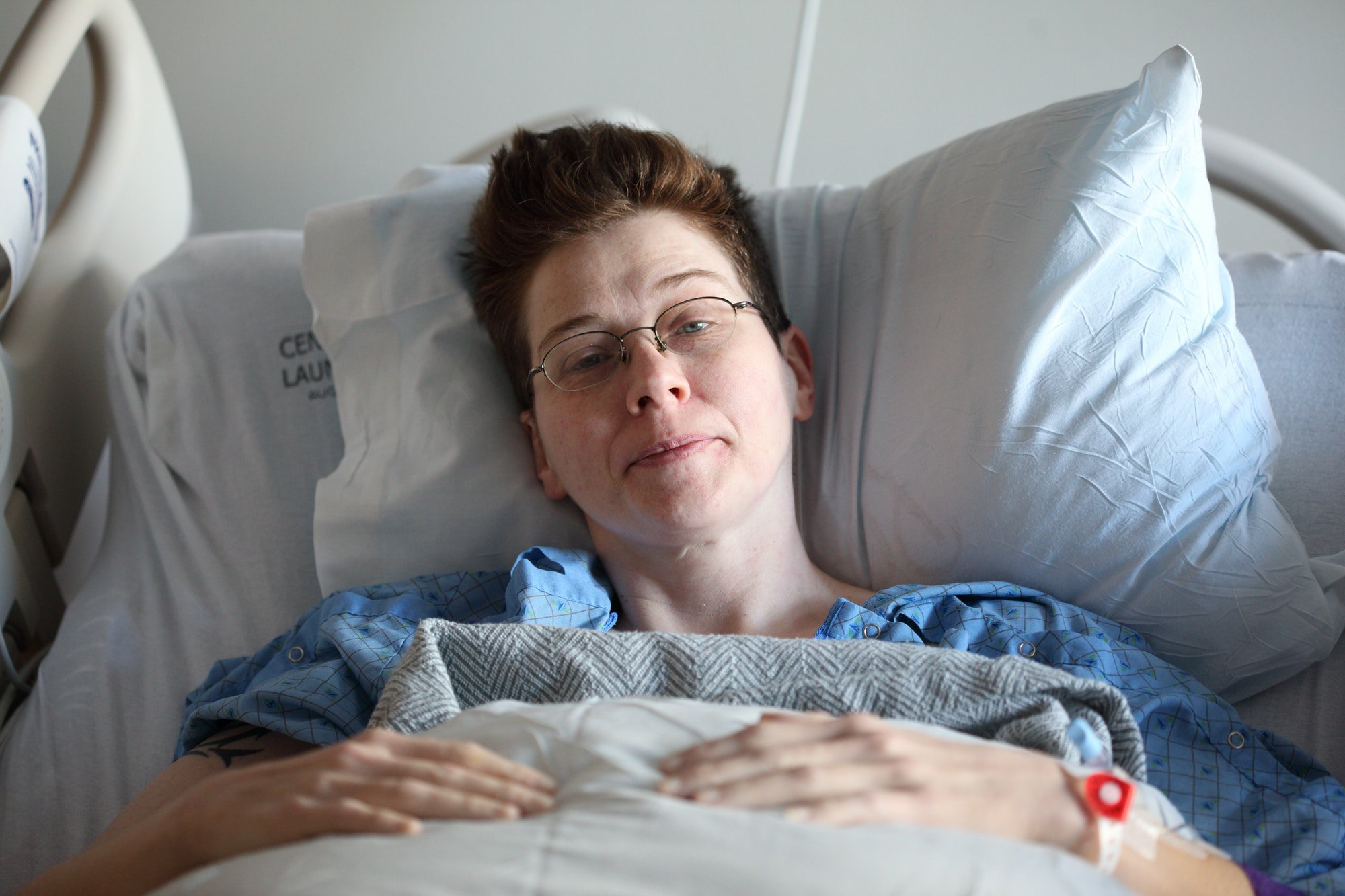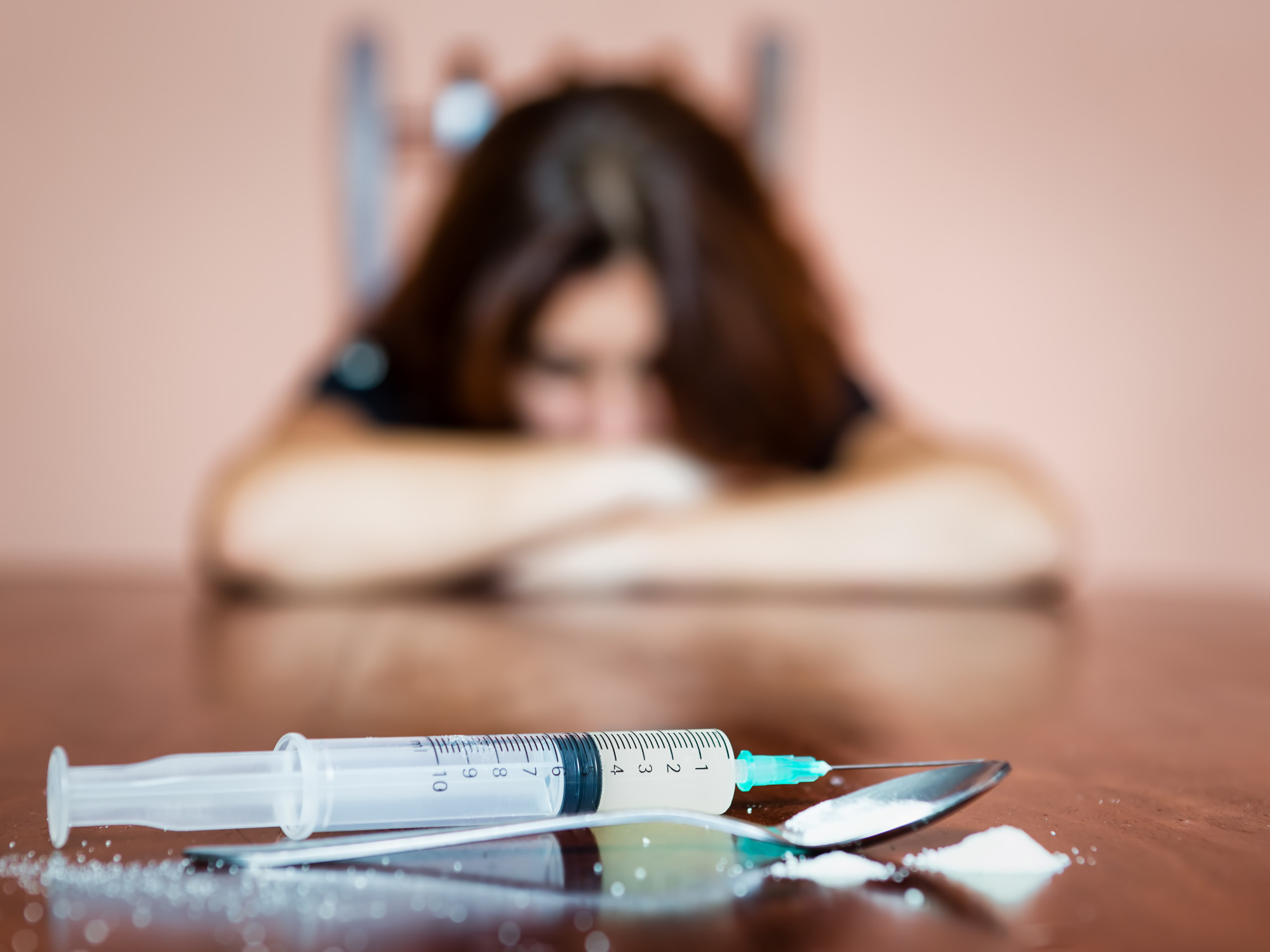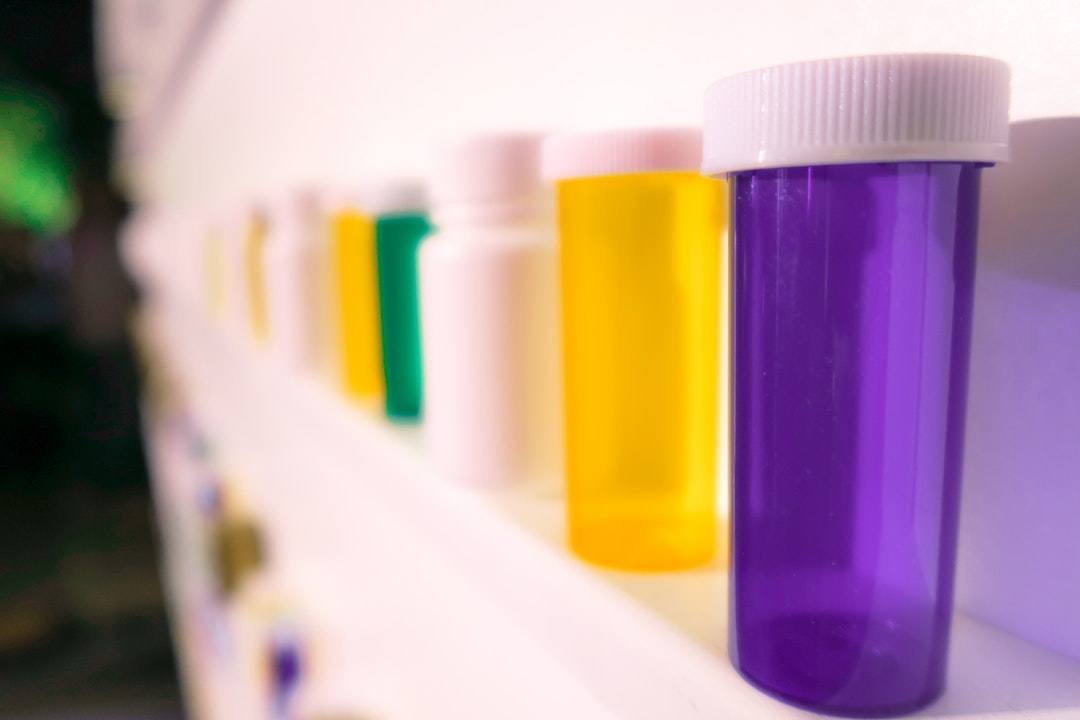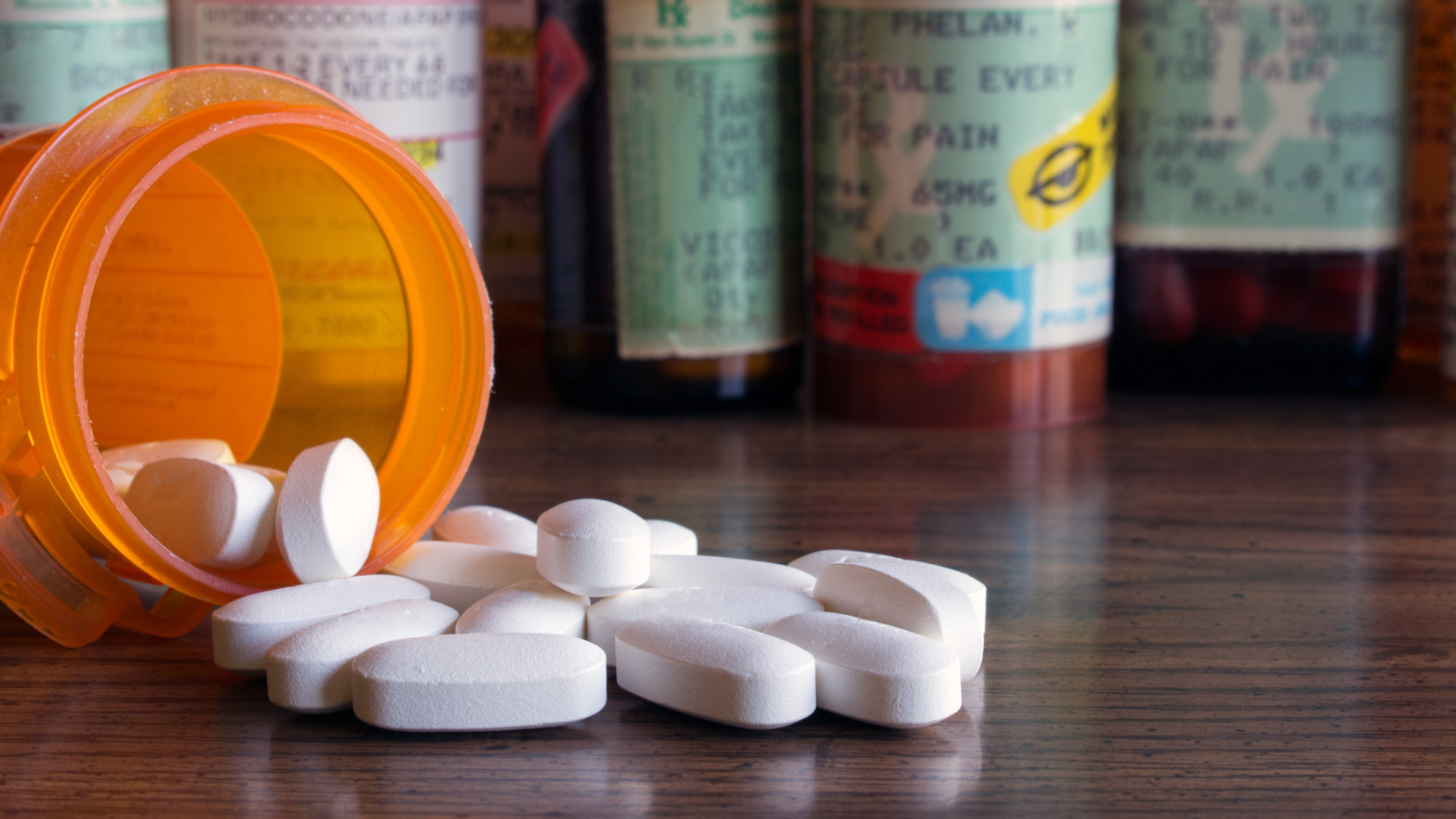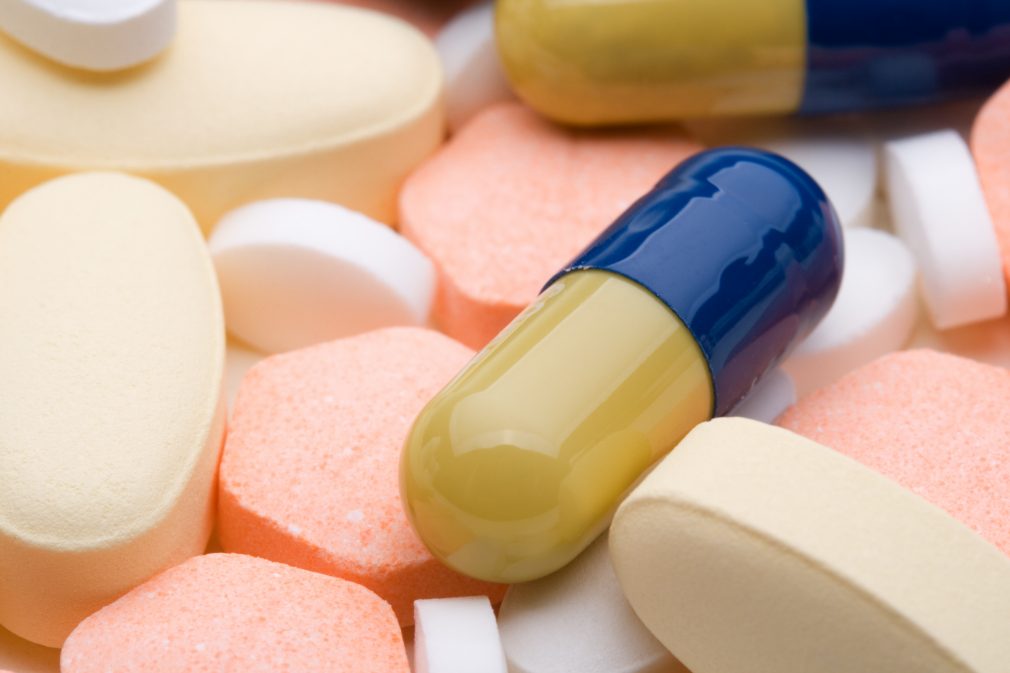Why Should You Choose Suboxone?
Why Should You Choose Suboxone?
Suboxone which contains buprenorphine and naloxone was approved by the FDA in October 2002 specifically to treat opioid addiction. If you choose suboxone, it can be a great help to you.
If you’re addicted to heroin or other opioids such as Oxycontin or fentanyl, you are probably aware of how fast these drugs can ruin your life.
Even if you’ve tried to quit before, relapse is common, and it can be deadly. If you’re having a hard time quitting, suboxone may be able to help. Suboxone is a partial opioid agonist.
This means that it has a ceiling effect, so you’re not getting the same high as you do from other opioids. It allows you to function without going into withdrawal.
If you’ve been in a vicious cycle of trying to quit, Suboxone could be exactly what you’re looking for and could help you get where you want in your recovery.
When Taken as Prescribed, Suboxone Is a Safe Drug
In order to be prescribed Suboxone, you need to go to a doctor and have a full medical examination and history assessment.
Many things are taken into account during the assessment because the doctor is going to want to ensure that you are a good fit for suboxone treatment.
There are some who may not be able to take suboxone…
Those who have co-occurring mental health disorders, or also abuse alcohol may not be a good fit for suboxone treatment.
Those who have liver issues or damage may also not be a good fit for suboxone treatment. If this applies to you, and you are unsure, you can explain your history to the doctor and iron out the details during your assessment.
If you get the assessment and are prescribed Suboxone or Subutex here’s the secret to a successful treatment…
Follow the doctor’s orders.
If you do, you will get the full benefits of suboxone treatment. You can focus on integrating back into your family, friends, and society. You can also begin to target the roots of your addiction – whether they be unhealed traumas or other issues.
Any temptation to relapse may be short-lived because Suboxone contains naloxone. Naloxone blocks the effects of opioids and will keep you from experiencing any opioid high. Suboxone can also react badly with other drugs.
Ensure that you don’t drink on suboxone – or take sleeping pills. If you’re unsure or have any questions, simply speak with your doctor before taking anything and you’ll stay safe.
Suboxone Doesn’t Have to be a Long-Term Solution
Many people use a daily maintenance dose of Suboxone and live healthy, fulfilled lives.
You and your doctor can use what is best for you, but please know this…
If you do not want to be on suboxone permanently, you don’t have to be.
You always have the option of weaning off of suboxone once you get to a more stable place in your recovery and you feel ready to make the jump. You can do this with the help of your doctor.
At the same time, it’s important to know that staying on suboxone or subutex for a long period of time isn’t something to feel bad about.
You and your doctor will have to have to weigh the pros and the cons together.
It doesn’t mean that you won’t reach the point in your recovery where you are ready to come off of suboxone.
As far as short term use of Suboxone, it’s found to be effective to take a small initial dose at the beginning of detox and treatment.
Once you start to dive into your treatment, you will get stronger and eventually your doctor may begin to taper you off.
Your doctor will make sure that it’s in your best interest before doing so.
Suboxone Takes Your Mind off the Chase so You Can Focus on Recovery
When coming off of opiates cold-turkey and it can be very difficult to focus on treatment and recovery.
The physical symptoms that come along with withdrawal can be painful.
Not to mention the fact that there is a high likelihood of returning to drug use once you start to feel these intense symptoms.
Suboxone can help you during these beginning stages and later you can work towards living a drug and medication free life if that is what you truly want.
Suboxone will keep those withdrawal symptoms at bay while you work on yourself.
No matter how much suboxone you take, you will not experience an intense high like other opioids. This limits the chance of abuse.
This allows you to get on with your life normally, which is life-changing.
Your life no longer has to be monopolized by addiction.
It also allows you to step out of the drug-seeking cycle that you know about all too well.
You can begin to think about your recovery as a whole – mentally as well as physically, and you can dedicate your mind to a holistic path of healing.
In summary, suboxone has been around for over 15 years and is one of the most popular methods of Medication Assisted Treatment (MAT), among those available. While there is some controversy surrounding the medication, there is no doubt that it has helped many overcome addiction.
Need Help Finding a Suboxone Program? y more questions about suboxone, please browse our website for more helpful information.
You can also give us a call at 1(888) 501-2143 for help finding suboxone or any other types of addiction treatment near you.
Sources
[1] Buprenorphine SAMHSA Substance Abuse and Mental Health Services Administration. (2016, 31). Retrieved from https://www.samhsa.gov/medication-assisted-treatment/treatment/buprenorphine
[2] National Institute on Drug Abuse. (2018). How effective are medications to treat opioid use disorder? Retrieved from https://www.drugabuse.gov/publications/research-reports/medications-to-treat-opioid-addiction/efficacy-medications-opioid-use-disorder


